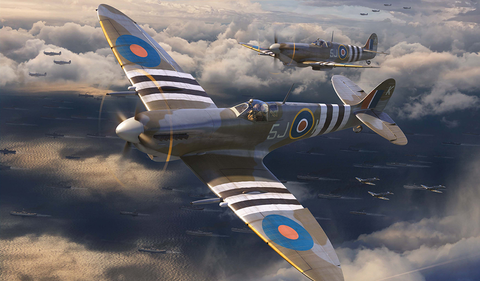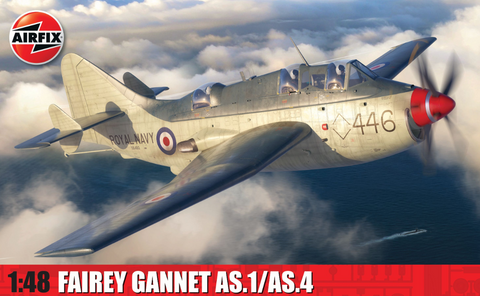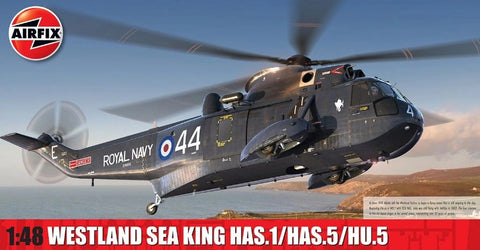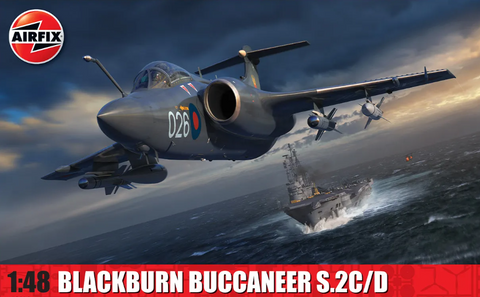Initially intended as a replacement for the hugely successful Hawker Hurricane, the early Typhoon fighters were beset with development problems and although highly effective at lower altitudes, it was not considered suitable for the role of an interceptor. When adapted for ground attack missions, the Typhoon proved to be unbeatable and took a heavy toll on German armor following the D-Day Landings.
As Germany attempted to launch a counter-offensive, following the successful Allied landings on the beaches of Normandy in June 1944, they must have hoped that poor weather would restrict the flight operations of RAF Typhoon attack fighters. Armed with powerful Hispano 20mm cannon and either 500lb bombs or eight unguided rockets, marauding Squadrons of Typhoons were capable of decimating Wehrmacht armored units, if they caught them in open ground.
As the Allies advanced towards Germany, the Typhoons of the Second Tactical Air Force kept an airborne stranglehold on German ground operations and destroyed anything that may have been of use to the enemy, when the weather permitted.
As Germany attempted to launch a counter-offensive, following the successful Allied landings on the beaches of Normandy in June 1944, they must have hoped that poor weather would restrict the flight operations of RAF Typhoon attack fighters. Armed with powerful Hispano 20mm cannon and either 500lb bombs or eight unguided rockets, marauding Squadrons of Typhoons were capable of decimating Wehrmacht armored units, if they caught them in open ground.
As the Allies advanced towards Germany, the Typhoons of the Second Tactical Air Force kept an airborne stranglehold on German ground operations and destroyed anything that may have been of use to the enemy, when the weather permitted.
|
Some of the other options this new version will allow are:
|
















